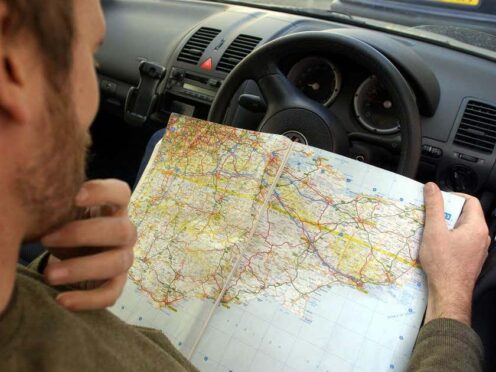Simply thinking about where you are going may be able to activate mental maps in the brain, new research suggests.
As people travel their usual route to work or the shops, they engage maps in the brain that store information about paths taken and locations previously visited, so they can navigate whenever going there.
New research from the Massachusetts Institute of Technology (MIT), USA, has found that such mental maps also are created and activated when you just think about the route, without any movement.
In a study in monkeys, the researchers found that a certain part of the brain holds a cognitive map of what animals experience while they use a joystick to browse through a sequence of images.
These maps are then activated when thinking about these sequences, even when the images are not visible.
Senior author, Mehrdad Jazayeri, an associate professor of brain and cognitive sciences and a member of MIT’s McGovern Institute for Brain Research, said: “These cognitive maps are being recruited to perform mental navigation, without any sensory input or motor output.”
In the study, researchers trained animals to use a joystick to trace a path through a sequence of images (landmarks) spaced at regular intervals.
During the training, the animals were shown only a subset of pairs of images – but not all the pairs.
Once the monkeys had learned to navigate through the training pairs, the researchers tested if they could handle the new pairs they had never seen before.
They found that they could mentally navigate through the new pairs.
Professor Jazayeri said: “Animals were able to mentally navigate between the new pairs of images from the very first time they were tested.
“This finding provided strong behavioural evidence for the presence of a cognitive map.”
The findings are published in the Nature journal.
